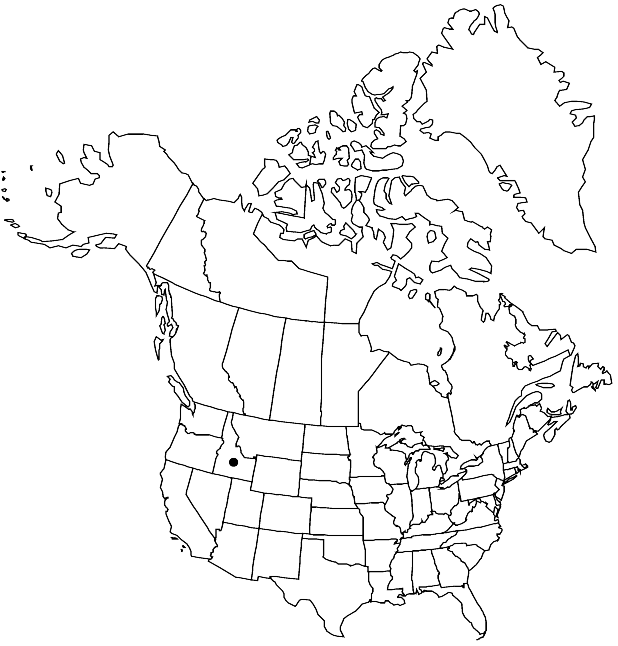familyBrassicaceae
genusPhysaria
speciesPhysaria didymocarpa
subspeciesPhysaria didymocarpa subsp. lyrata
Difference between revisions of "Physaria didymocarpa subsp. lyrata"
Novon 17: 379. 2007.
Common names: Idaho or salmon twinpod
Basionym: Physaria didymocarpa var. lyrata C. L. Hitchcock in C. L. Hitchcock et al., Vasc. Pl. Pacif. N.W. 2: 530, fig. p. 534 [upper left]. 1964
FNA>Volume Importer |
FNA>Volume Importer |
||
| Line 11: | Line 11: | ||
|name=Physaria didymocarpa var. lyrata | |name=Physaria didymocarpa var. lyrata | ||
|authority=C. L. Hitchcock | |authority=C. L. Hitchcock | ||
| + | |rank=variety | ||
|publication_title=in C. L. Hitchcock et al., Vasc. Pl. Pacif. N.W. | |publication_title=in C. L. Hitchcock et al., Vasc. Pl. Pacif. N.W. | ||
|publication_place=2: 530, fig. p. 534 [upper left]. 1964 | |publication_place=2: 530, fig. p. 534 [upper left]. 1964 | ||
| Line 39: | Line 40: | ||
-->{{#Taxon: | -->{{#Taxon: | ||
name=Physaria didymocarpa subsp. lyrata | name=Physaria didymocarpa subsp. lyrata | ||
| − | |||
|authority=(C. L. Hitchcock) O’Kane | |authority=(C. L. Hitchcock) O’Kane | ||
|rank=subspecies | |rank=subspecies | ||
| Line 54: | Line 54: | ||
|publication year=2007 | |publication year=2007 | ||
|special status= | |special status= | ||
| − | |source xml=https://jpend@bitbucket.org/aafc-mbb/fna-data-curation.git/src/ | + | |source xml=https://jpend@bitbucket.org/aafc-mbb/fna-data-curation.git/src/f50eec43f223ca0e34566be0b046453a0960e173/coarse_grained_fna_xml/V7/V7_1042.xml |
|tribe=Brassicaceae tribe Physarieae | |tribe=Brassicaceae tribe Physarieae | ||
|genus=Physaria | |genus=Physaria | ||
Revision as of 22:11, 16 December 2019
Trichomes appressed throughout. Basal leaves: blade margins ± lyrate or, rarely, entire. Fruits highly inflated, (papery); ovules 8 per ovary. 2n = 24.
Phenology: Flowering May–Jun.
Habitat: Gravel, alluvial fans, steep banks
Elevation: 1300-2100 m
Discussion
Of conservation concern.
Subspecies lyrata is found only in the Salmon River drainage.
Selected References
None.
Lower Taxa
None.
